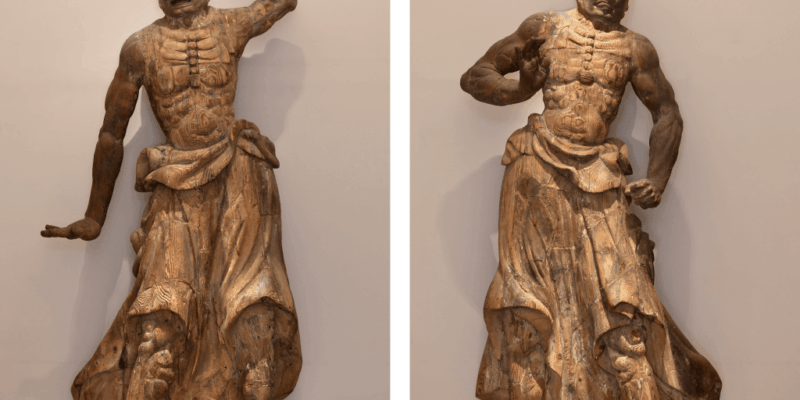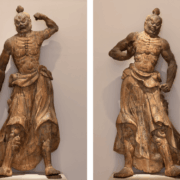From origin to craftsmanship
Have you ever seen an authentic Buddha statue? There is something magical about it. But have you ever wondered where these statues come from? The journey begins deep in the history of Asia, where Buddhist art has played an important role for thousands of years. These statues are not just decorations; they are infused with spirituality and craftsmanship.
Historical background
Buddha statues originated in ancient India, where the first images of the Buddha appeared around the 1st century AD. These early statues were often simple and symbolic. As Buddhism spread to other parts of Asia, such as China, Japan, and Southeast Asia, the styles and techniques of sculpture also evolved.
The craftsmanship
Creating an authentic Buddha statue is a time-consuming process that has been passed down through generations. Craftsmen use traditional techniques and materials such as bronze, wood, and stone to handcraft each statue. This ensures that each piece is unique and tells its own story.
The spiritual meaning
A Buddha statue is more than just a work of art; it is a symbol of inner peace and enlightenment. For many people, it plays a central role in their meditation and mindfulness practices. The statue serves as a visual anchor that helps to calm the mind and find focus.
Meditation and mindfulness
In the modern world, more and more people are looking for ways to reduce stress and find inner peace. A Buddha statue can help with that. Simply looking at the statue or placing it in your meditation space can remind you of the values of compassion, wisdom, and serenity.
Feng shui
In feng shui, it is believed that Buddha statues bring positive energy into the home. They are often placed on altars or in quiet corners to promote harmony and balance. This makes them not only spiritual tools but also valuable additions to your interior design.
The journey to your home
The process of bringing these beautiful statues from Asia to your home is complex but fascinating. It begins with selecting authentic pieces that meet strict quality standards.
Selection process
Experts travel all over Asia in search of the best antique Buddha statues. They visit temples, markets, and private collections to find unique pieces that are both aesthetically and historically valuable. Each statue is carefully inspected for authenticity and condition before being selected for export.
Transport and care
Once selected, the statues are carefully packed and shipped to their new home countries. This process requires special attention to ensure that each statue arrives undamaged. They are often accompanied by certificates of authenticity that confirm their origin.
Modern applications
Although these statues are deeply rooted in ancient traditions, they also find their way into modern applications. From interior design to art collecting, authentic Buddha statues remain relevant in our contemporary world.
Interior design
More and more people are integrating Buddha statues into their living spaces for a serene atmosphere. Whether you choose a large statue as a centerpiece or smaller statues as accents, they can transform any space into an oasis of calm.
Art collecting
Antique Buddha statues are increasingly seen as valuable art objects and investments. Their historical significance and unique craftsmanship make them sought-after pieces for collectors around the world.
Buddha statues from Originalbuddhas
The journey of authentic Buddha statues from Asia to your home is one full of history, craftsmanship, and spirituality. Whether you’re interested in meditation, interior design, or art collecting, these statues offer something unique for everyone. So the next time you look at a Buddha statue, think of the rich history and meaning behind it.












Comments